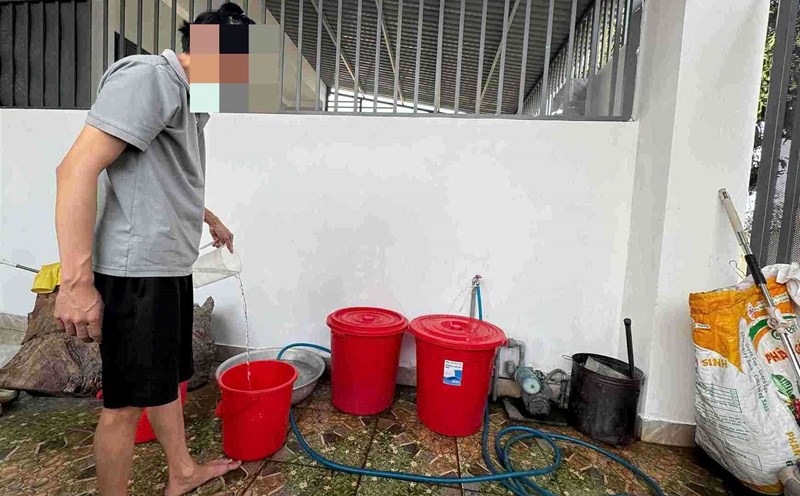The Ministry of Home Affairs has just completed the draft Resolution of the National Assembly Standing Committee on the arrangement of administrative units to submit to the Ministry of Justice for appraisal.
Article 3 of the Draft states the principle of linking the arrangement of administrative units with innovation, streamlining the organization of the political system to operate effectively and efficiently; promoting potential and advantages, expanding development space of localities.
Promote decentralization, delegation of power, enhance autonomy and self-responsibility of local governments; restructure and improve the quality of cadres, civil servants, public employees and workers.
Implement the arrangement of administrative units at the same level to form new administrative units.
In case of arranging a ward with administrative units at the same level, the new administrative unit after the arrangement is a ward; in case of arranging a commune or town, the new administrative unit after the arrangement is a commune.
In case of implementing the arrangement of commune-level administrative units to change the boundaries of district-level administrative units, it is not necessary to consider the conditions, standards and not to implement the process and procedures for adjusting the boundaries of the district-level administrative unit under which the commune-level administrative unit is under the management.
In Article 6, the Ministry of Home Affairs stipulates the standards and quantity of commune and ward administrative units after the reorganization as follows.
Firstly, the new commune after the arrangement must simultaneously have a natural area and a population of 300% or more of the commune's standards prescribed in the Resolution of the National Assembly Standing Committee on the standards of administrative units and the classification of administrative units.
For the population size standard of mountainous communes, highlands or national borders on land with 30% or more of the population being ethnic minorities, the minimum is 7,500 people.
Second, the new ward after the arrangement must have a natural area of 35km2 or more; a population of 50,000 people or more; in mountainous and highland wards, a population of 35,000 people or more.
Third, in case of arranging 04 or more commune-level administrative units into 01 new commune or ward, it is not necessary to assess the standards on natural area and population size as prescribed in Clauses 1 and 2 of this Article.
Fourth, in case the arrangement of administrative units is in accordance with the orientation of the competent authority and ensures the provisions of this Resolution, the conditions and other standards will not be considered and evaluated according to the provisions of the Law on Organization of Local Government and the Resolution of the National Assembly Standing Committee on the standards of administrative units and the classification of administrative units.
Finally, the total number of commune and ward administrative units after the reorganization will decrease by at least 70% and by at most 75% compared to the total number of commune-level administrative units before the reorganization in provinces and centrally run cities.
In special cases where it is not possible to meet the requirements in Clauses 1, 2 and 3 of this Article, the Government shall report to the National Assembly Standing Committee for consideration and decision.











